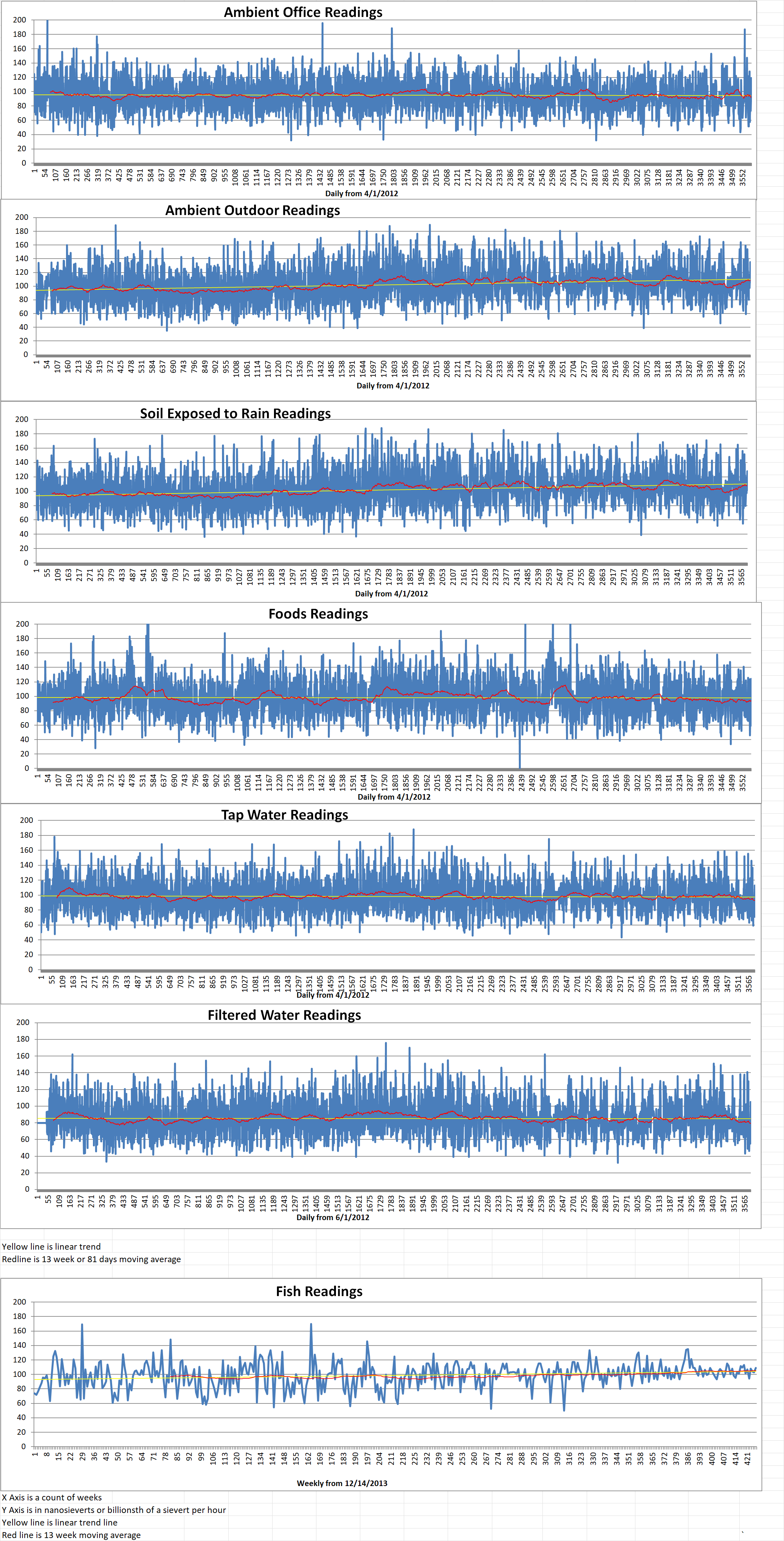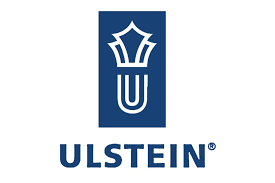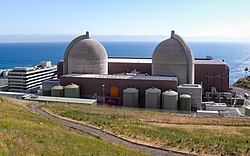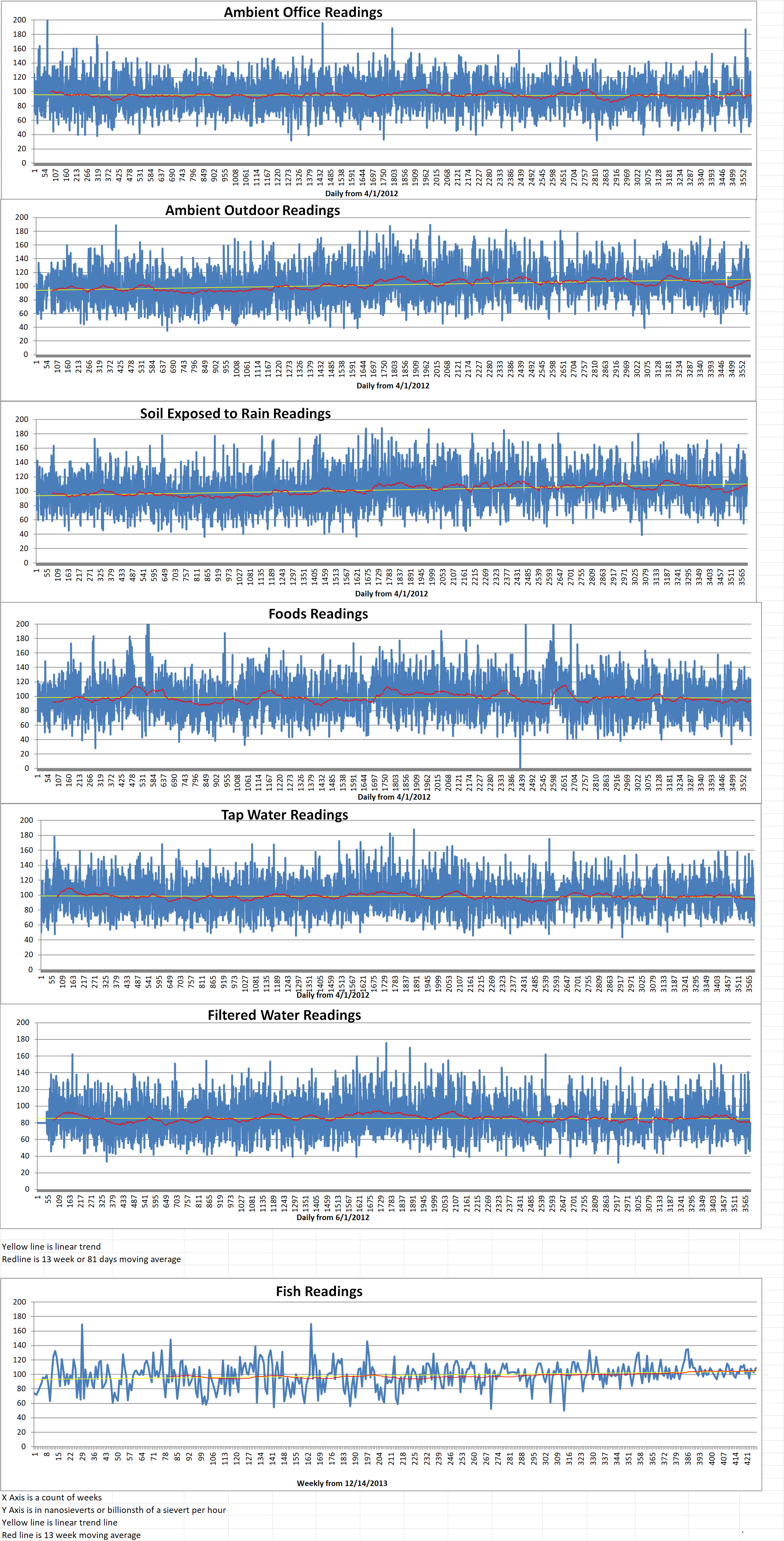Norwegian shipbuilder Ulstein has announced the design concept for a replenishment, research and rescue vessel called Thor. It will feature a thorium salt reactor and could be used as a mobile power/charging station for a new type of battery driver cruise ships. The four hundred- and sixty-foot-long vessel features helicopter pads, firefighting equipment, rescue booms, workboats, autonomous surface vehicles and airborne drones, cranes, laboratories and a lecture lounge.
Molten salt reactors (MSR) use radioactive fuel that has been dissolved in a molten fluoride or chloride salt. The molten salt functions both as the fuel which produces the heat and the coolant which transports the heat to the turbines which produce electricity. There are a variety of different MSR design concepts and a number of difficult challenges in the commercialization of MSRs. This is especially true of thorium reactors.
To demonstrate the feasibility of Thor, Ulstein has also developed the Sif concept. This is a three-hundred-and-thirty-foot zero-emission expedition cruise ship. Sif can carry eighty passengers and eighty crew. Sif will provide silent, zero-emission expedition cruises to remote areas, including Arctic and Antarctic waters. The vessel will use next-generation batteries and can be recharged by Thor while at sea.
Ulstein said that Thor’s charging capacity has been scaled to satisfy the power needs four expedition cruise ships simultaneously. Thor would never need to refuel. It is intended to provide a blueprint for entirely self-sufficient vessels of the future.
Øyvind Kamsvåg is Chief Designer at Ulstein. He said, “Here we have two concepts in one to showcase a cleaner, safer and more sustainable way ahead for cruise ship owners and operators, not to mention maritime in general. Thor and Sif demonstrate what is possible when we approach challenges from a new direction.”
Ulstein claims that the Thor concept is “capable of making the vision of zero-emission cruise operations a reality” and may be “the missing piece of the zero-emissions puzzle for a broad range of maritime and ocean industry applications.”
Cathrine Kristiseter Marti is the CEO of Ulstein. She said, “We have the goals, ambition and environmental imperative to switch to zero-emission operations, but, until now, we haven’t had the solution. We believe Thor might be the answer we’ve been looking for. Thor is essentially a floating, multi-purpose ‘power station’ that will enable a new battery revolution.”
“Expedition cruise ships operate in increasingly remote, and environmentally fragile, areas. At the same time, the industry faces growing pressure from diverse stakeholders to preserve nature as it is and ban the environmental impact of cruising. Thor enables replenishment of energy and supplies on site, while also boasting the technology to facilitate rescue operations, as well as conducting research tasks. It is, in effect, a crucial piece of infrastructure to support sustainable and safer operations.”
Lars Ståle Skoge is the Commercial Director at Ulstein Design & Solutions AS. He said, “We have huge confidence in this solution and want to engage further in conversations about how we can enable the necessary changes the world demands.”
In November of 2020, a multinational team including Core Power (UK) Ltd, Southern Company, TerraPower and Orano USA filed application to take part in cost-share risk reduction awards under the US Department of Energy’s Advanced Reactor Demonstration Program to produce a proof of concept for a medium-scale commercial-grade marine reactor based on MSR technology.
Earth 300, in March 2021, launched the concept for a nine hundred and eighty foot, MSR-powered research ship equipped with twenty-two cutting-edge laboratories with one hundred and sixty of the world’s leading scientists, working in collaboration to bring rapid, far-reaching solutions to market.
The United Nations International Maritime Organization has mandated that all international shipping must reduce emissions by fifty percent of the 2008, before 2050.






